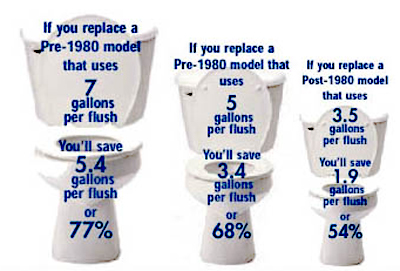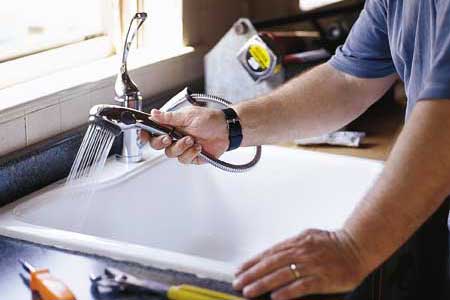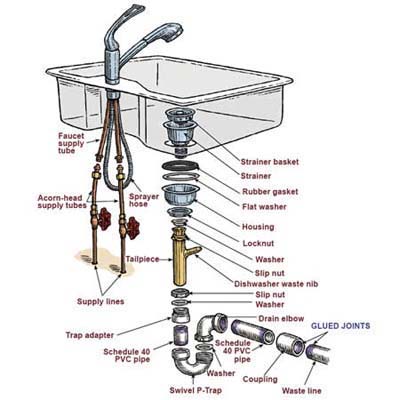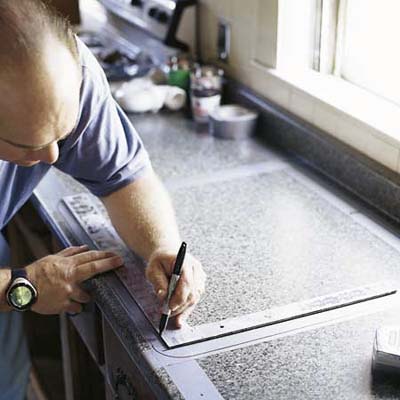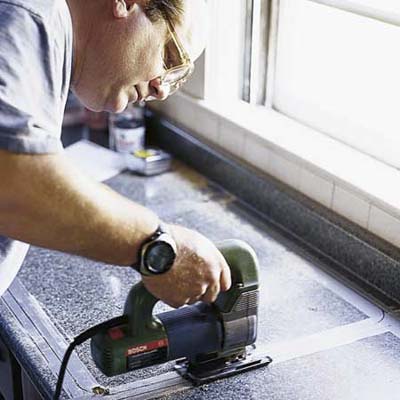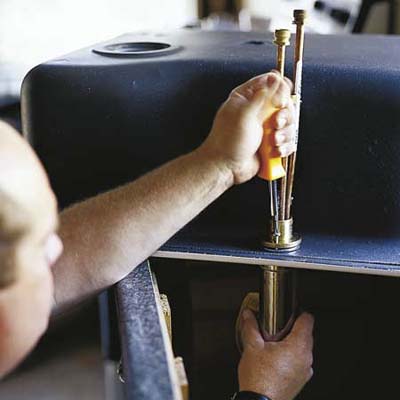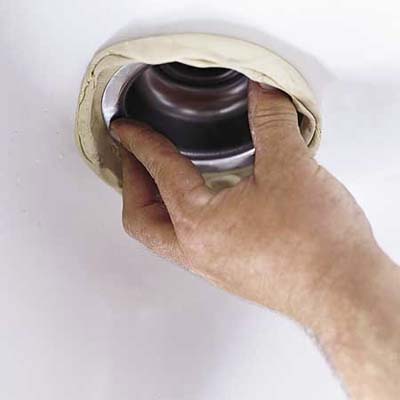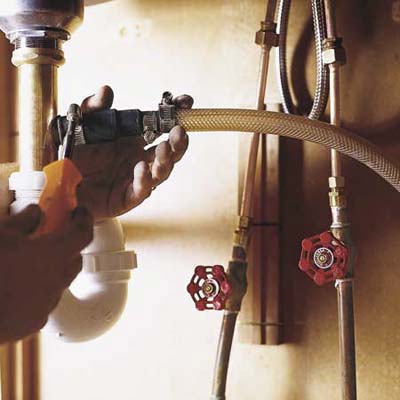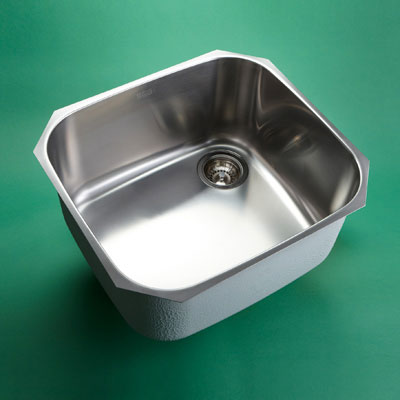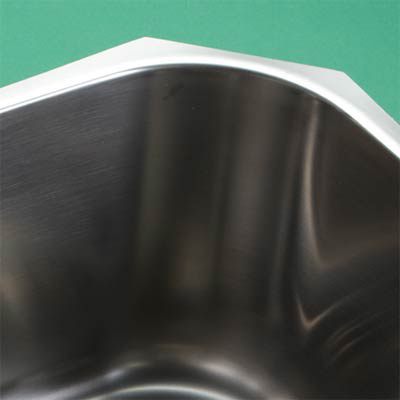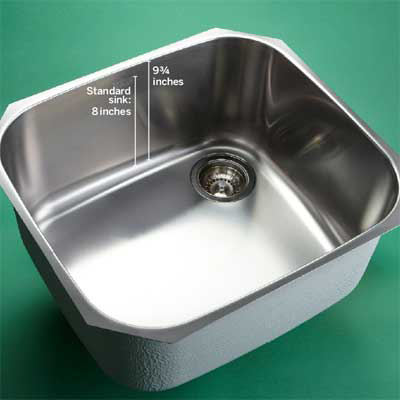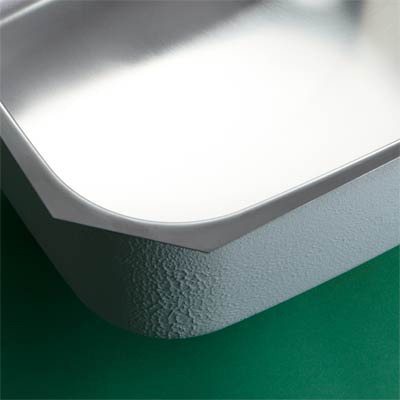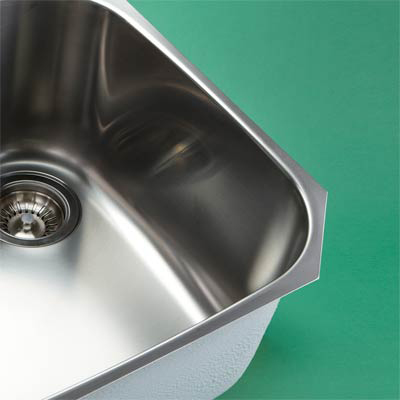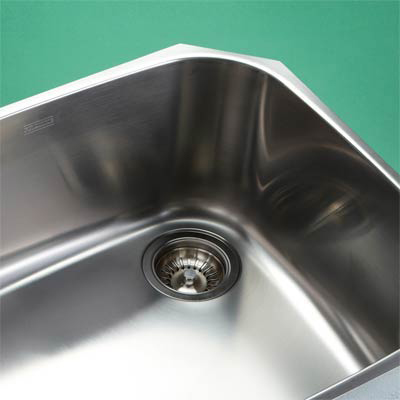
Whether you’re in the beginning stages of a bathroom remodel
or you just need to replace your outdated or inefficient toilet, you may be
wandering the aisles of a home store or browsing your computer wondering things
like:
Which toilet is right for my bathroom?
What does gpf mean?
Do I need a one or two piece toilet?
Can I save money on my water bill?
And what’s the difference between all these toilets anyway?
Never fear! We’re here to give you a two part
easy-to-understand series in toilet basics, including types, sizes, and
flushing systems, so that you leave with a clearer understanding of what you
really want and need in a toilet!
Types of Toilets and How they Work:
Gravity Fed: The most common type of toilet is the
gravity-fed model, which uses, well, gravity. It relies on the weight of
the water and the head pressure (how high the water is in the tank) to
flush. A gravity fed toilet has free-standing water sitting in the tank.
Pressure-Assist : The lesser used pressure-assist toilet
depends on air pressure within a cylindrical vessel, inside the toilet
tank. Air inside the vessel forces a vigorous, rapid flush.
Dual Flush: A dual flush toilet is a type of gravity fed
toilet. Dual-flush toilets give users two flush options: tilt the handle
up for liquid waste to save water, or push the handle down for a standard
flush. Dual-flush toilets often meet the HET (high efficiency toilet)
criteria of averaging 1.28 gallons per flush or less (an average based on one
high flush and two low flushes).
Toilet Technology and Water Use: Recent toilet
technology has allowed toilets to use less water than ever. That term
that keeps popping up in toilet descriptions, gpf, stands for gallons of
water per flush, and is a measure to help identify water usage. Toilets
manufactured before 1980, not uncommon in many homes that haven’t gone through
a bathroom remodel, usually need 5 to 7 gallons of water per flush (gpf), and
toilets from the 1980s to 90s typically use 3.5 gpf. In 1992, the U.S.
government mandated that toilets use no more than 1.6 gpf, changing modern
design and manufacturing.
It’s easy to see why replacing older toilets with the newer
models can result in significant water and sewer savings. Replacing a
3.5- or 5-gpf toilet with a 1.6-gpf toilet can save about 9,740 to 17,300
gallons of water per year. Meaning today’s high-efficiency toilets use
less water than ever, yet outperform many of the older, water-guzzling ones.
source: bath plumbing, consumer news
http://www.guaranteedplumbingco.com

